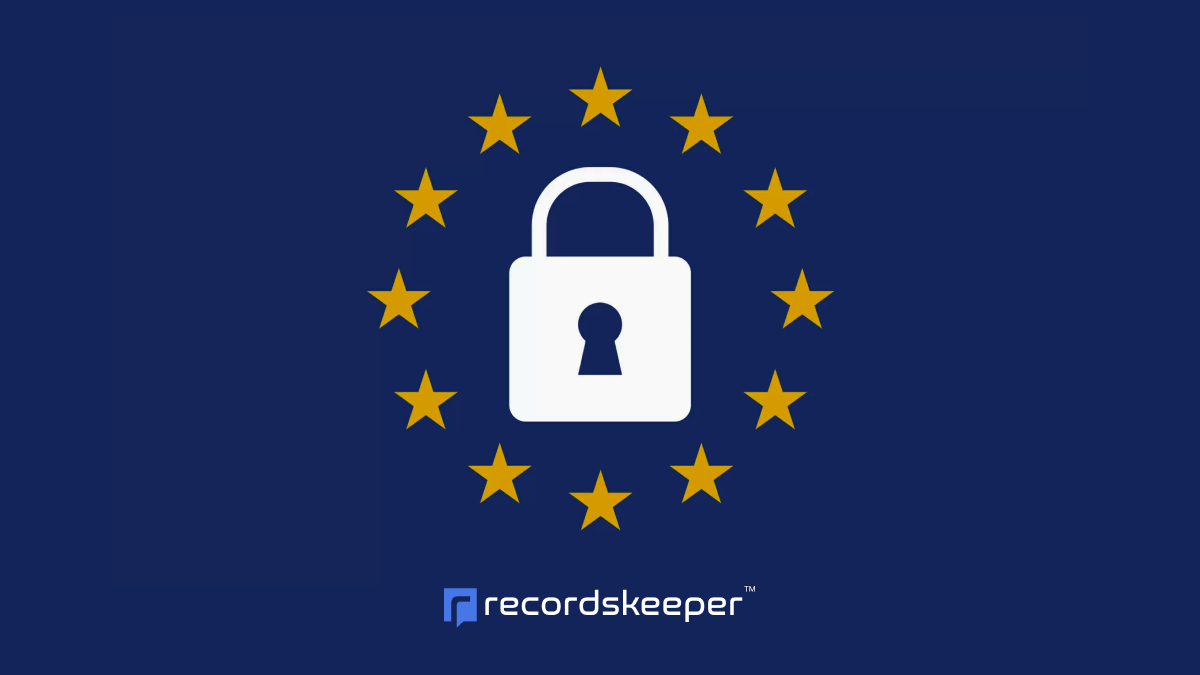- Risk Management
- November 13, 2022
Real-Time Alerts: AI in Compliance Risk Management

Introduction:
In today’s fast-paced and highly-regulated environments, staying ahead of compliance risks is more challenging than ever. With an increasing volume of data flowing through organizations, manual compliance monitoring is not just inefficient—it’s practically impossible. As someone who’s deeply entrenched in the fusion of AI and blockchain technologies, I see a promising revolution on the horizon. Leveraging AI in compliance risk management can be a game-changer, offering real-time alerts that can detect potential breaches before they escalate into crises.
Embracing AI for Compliance Risk Management
Compliance risk management is crucial for the stability of any organization. Penalties, reputational damage, and operational disruptions are often just a few steps away if risks are not managed adeptly. Here’s where AI steps in, transforming compliance from a reactive necessity to a proactive strategy.
Unpacking Real-Time Alerts: A Dynamic Shift
Imagine a world where you could receive instant alerts each time a potential compliance issue arises—without lifting a finger. Real-time alerts powered by AI are designed to do exactly that. They continuously monitor transactional data, user activities, and system reports, automatically identifying anomalies that could signify compliance issues.
- Swift Detection: Real-time alert systems offer the remarkable ability to swiftly detect deviations or irregularities, reducing the gap between occurrence and response.
- Precision in Monitoring: Advanced AI technologies enhance the precision of monitoring by learning from historical data, patterns, and context, enabling better risk assessment.
- Proactive Responses: By providing immediate alerts, organizations can act proactively, mitigating risks before they evolve into significant issues.
The Backbone of Real-Time Alerts: AI Technologies
At the core of these real-time alerts is the sophisticated use of AI technologies, including machine learning and natural language processing. Let’s delve into how these technologies work synergistically to transform compliance risk management.
Machine Learning: The Brain Behind the Alerts
Machine learning algorithms serve as the backbone of AI-powered alert systems. They’re designed to learn from existing data, identify patterns, and predict potential risks. With each passing day, these algorithms improve in accuracy, making the alert system smarter over time.
Natural Language Processing (NLP): Understanding Context
NLP enhances AI’s ability to understand and process human language within data. This capability is particularly crucial for compliance risk management, where context is key. Through NLP, AI systems can analyze text data—a critical asset in identifying compliance risks that involve contracts, communications, and policy updates.
The Business Case: Why Real-Time Compliance Alerts Matter
One might wonder—why invest in AI for compliance risk management? The reality is that the benefits are manifold, impacting not just the compliance department but the entire organization.
Enhanced Efficiency and Reduced Costs
By automating the monitoring process, AI significantly reduces the manual workload, allowing compliance teams to focus on critical tasks. This increased efficiency translates to cost savings, as fewer resources are devoted to routine monitoring.
Improved Accuracy and Reduced Human Error
With AI systems generating alerts based on vast and complex datasets, the accuracy of identifying genuine risks increases. This reduces the likelihood of costly mistakes arising from human error.
Integrating AI with Existing Systems
For many organizations, incorporating AI into existing systems may seem daunting. However, the beauty of modern AI solutions lies in their adaptability and ease of integration.
Seamless Integration for Optimal Functionality
AI platforms can be designed to integrate seamlessly with existing compliance software, augmenting their capabilities without disrupting established workflows. The result? An enhanced compliance ecosystem that runs smoothly and efficiently.
Conclusion: A Strategic Leap Forward
Embracing AI for compliance risk management is not just about keeping up with the times. It’s about leveraging a powerful tool that can profoundly impact an organization’s ability to manage risks effectively. By adopting real-time alerts, businesses can transition from reactive to proactive risk management, safeguarding their future in an ever-changing landscape.
For anyone tasked with compliance or risk management, the integration of AI technologies can lead to new levels of insight, efficiency, and strategic advantage. I’m excited about how AI continues to reshape our industry and encourage anyone interested in exploring the benefits of AI in compliance to delve deeper into this transformative technology.
Feel free to connect with me for more insights on how AI can revolutionize record management and compliance risk management. Together, let’s embrace the future of streamlined compliance with AI.
Toshendra Sharma is the visionary founder and CEO of RecordsKeeper.AI, spearheading the fusion of AI and blockchain to redefine enterprise record management. With a groundbreaking approach to solving complex business challenges, Toshendra combines deep expertise in blockchain and artificial intelligence with an acute understanding of enterprise compliance and security needs.
Related Posts

Achieving Perfect GDPR Compliance: A Financial Services Success Story
European Financial Trust (EFT), a global financial services company managing over $50 billion in assets, faced mounting pressure to ensure GDPR compliance across its vast network of client data and transactions. With operations in 15…
- January 15, 2025

Setting Up Disaster Recovery Files
Organizing critical records for emergency access.
- January 12, 2025
Archives
- January 2025
- December 2024
- November 2024
- October 2024
- September 2024
- August 2024
- July 2024
- June 2024
- May 2024
- April 2024
- March 2024
- February 2024
- January 2024
- December 2023
- November 2023
- October 2023
- September 2023
- August 2023
- July 2023
- June 2023
- May 2023
- April 2023
- March 2023
- February 2023
- January 2023
- December 2022
- November 2022
- October 2022
- September 2022
Want to get more content like this?
Signup to directly get this type of content to your inbox!!
Latest Post
Document Control for Equipment Maintenance
- January 20, 2025
Managing Records for Multiple Clients
- January 19, 2025
Handling Conference Documentation
- January 18, 2025
Setting Up Department Record Reviews
- January 17, 2025





